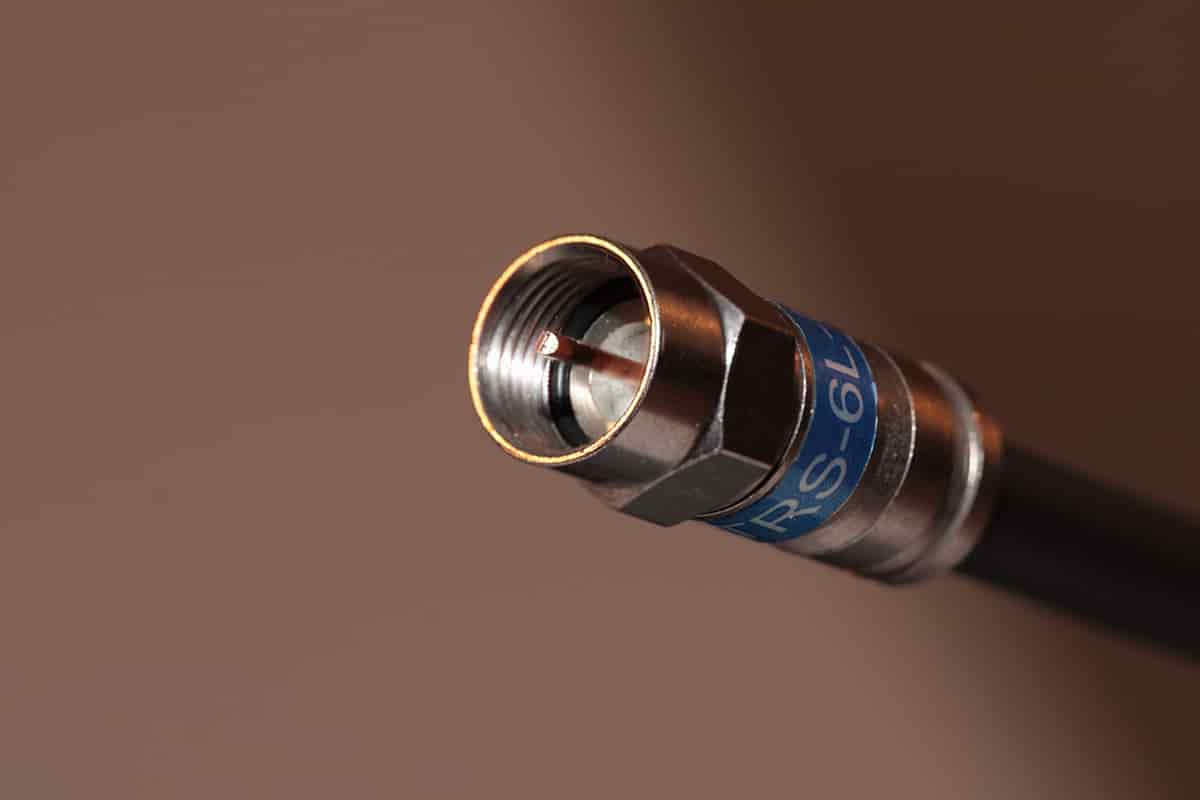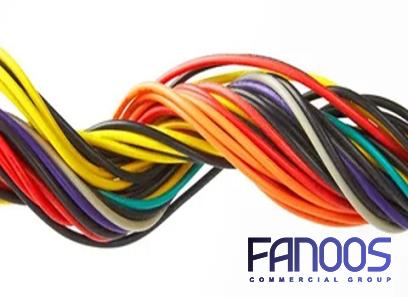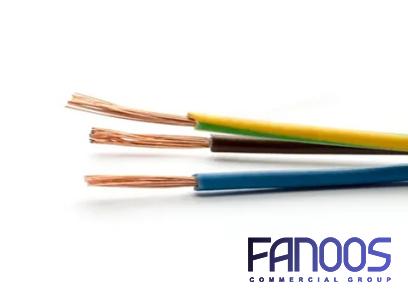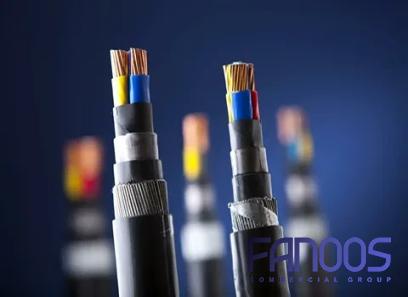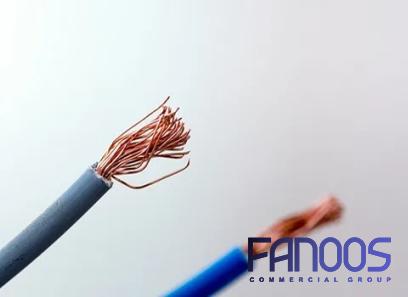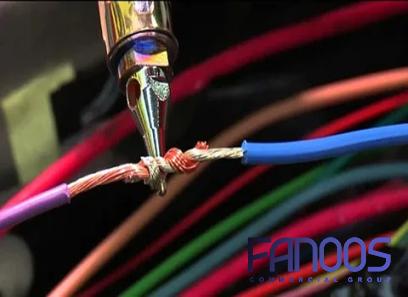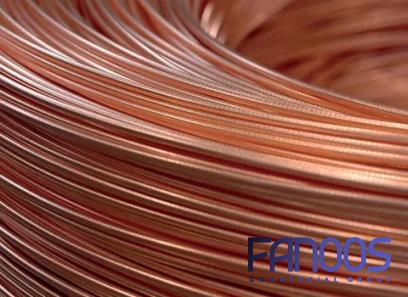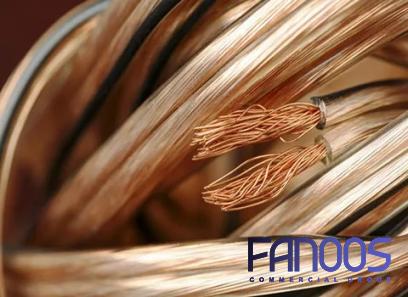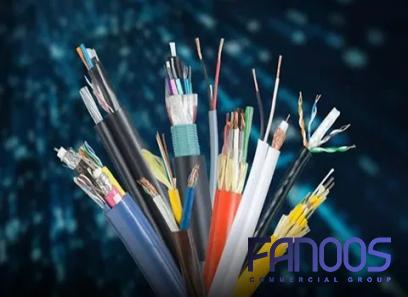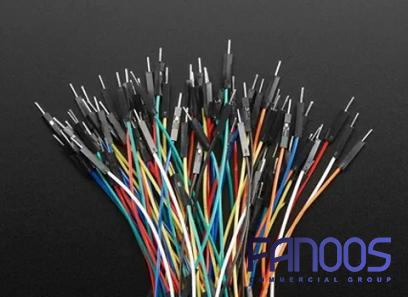How Coaxial cable types and uses are bonded
The coaxial wire and cable are produced in different types and sizes for certain uses
This fact shows how the different types of cable with unique properties are connected and bonded with the application of wire and cable
The Operation of Coaxial Cables
Coaxial cables, which are more commonly referred to as “coax” cables, are a form of heavy-duty electrical cable that is used in a range of applications that include the transmission of radiofrequency (RF) signals
Since the beginning of the 20th century, these wires have been present everywhere, including in our immediate environment
Because of their significant applications in telecommunications, cable television, and the internet, they may be found virtually everywhere, including in people’s homes and places of business
The technology behind coax cables is always undergoing advancements
Because of this, it can be challenging to recall each distinct type of coax cable that is available
It should come as no surprise, taking into account the adaptability of these cables, that they are utilized in a wide variety of contexts
The most common kinds of coaxial cables and the applications for each are described in the following section
But before we get into it, let’s take a look at what a coaxial cable actually is
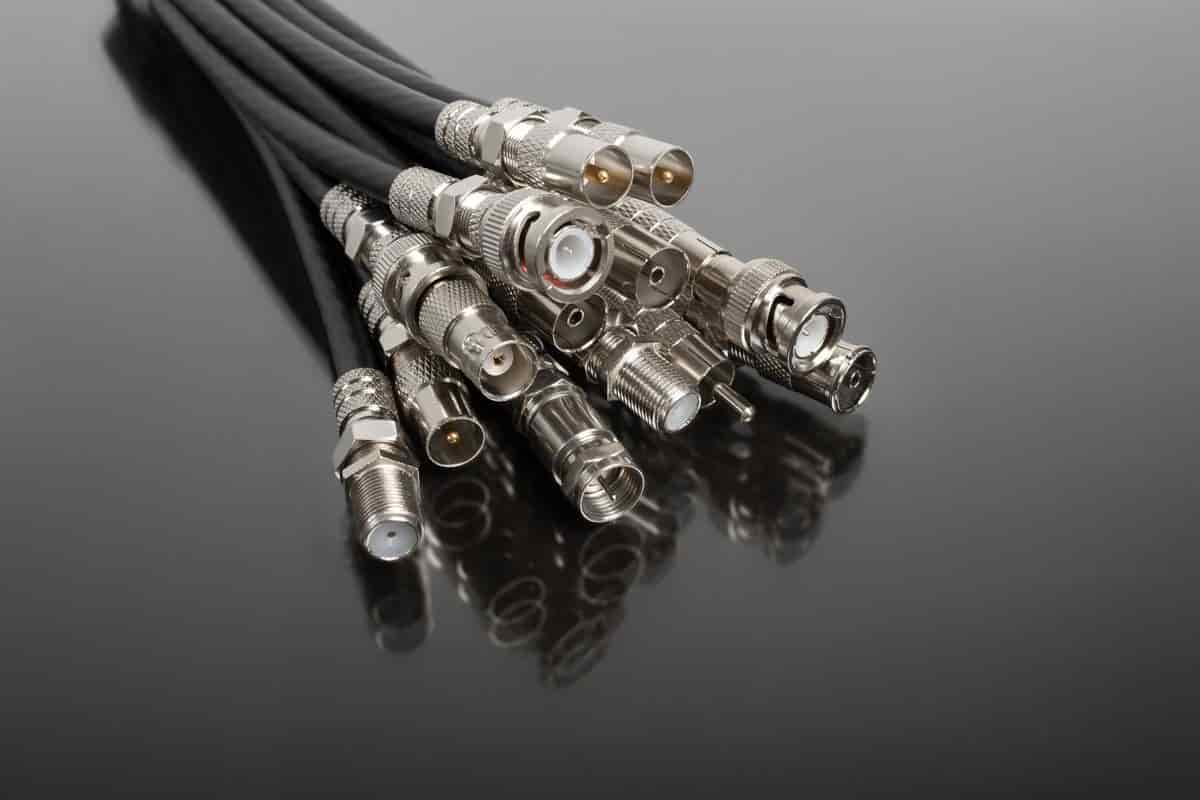
What Is the Function of a Coax Cable? Coaxial cables are used to carry electrical signals from one device, component, or system to another
If you are familiar with this concept, then you already know that this is the function of coaxial cables
Because of their robust structure, coaxial cables can easily be identified by their distinctive appearance
In addition to this, the fact that they are made in this manner makes them one of the types of cables that are utilized in the process of radio frequency transmission that is the most resilient
The coaxial cable’s two conductors share a common axis, which is where the term “coaxial” originates from
Before we can even begin to comprehend how coaxial cables function, we need to first get familiar with their four distinct layers
A central conductor that most often consists of copper
This conductor is responsible for the transmission of data and video
Insulation made of plastic dielectric material is wrapped all the way around the central conductor
This not only minimizes signal loss but also makes it easier to cut down on EMI
Additionally, it insulates and creates a gap between the core conductor and any external layers that may be present
The cable is protected from EMI and radio emissions by a mesh made of copper that is braided
The plastic exterior protects the inside layers from being damaged in any way
Components That Make Up a Coaxial Cable The insulated and layered construction of the coaxial cable is the key factor that contributed to its commercial success
Consider the typical electrical cable, which contains one or more wires that are responsible for the transmission of electrical currents inside the cable
On the other hand, radio frequency (RF) communications, which show themselves as transverse electromagnetic waves, are transmitted using a coax cable
An inner conductor cable consisting of copper is typically found inside of a coaxial cable
This cable is protected by a thin coating of an insulating agent or a dielectric that is made of lightweight plastic
In turn, the insulator is protected by a lightweight braided mesh that acts as a shield
In addition to this, the entire group of layers is protected by an insulating jacket that is located on the outside
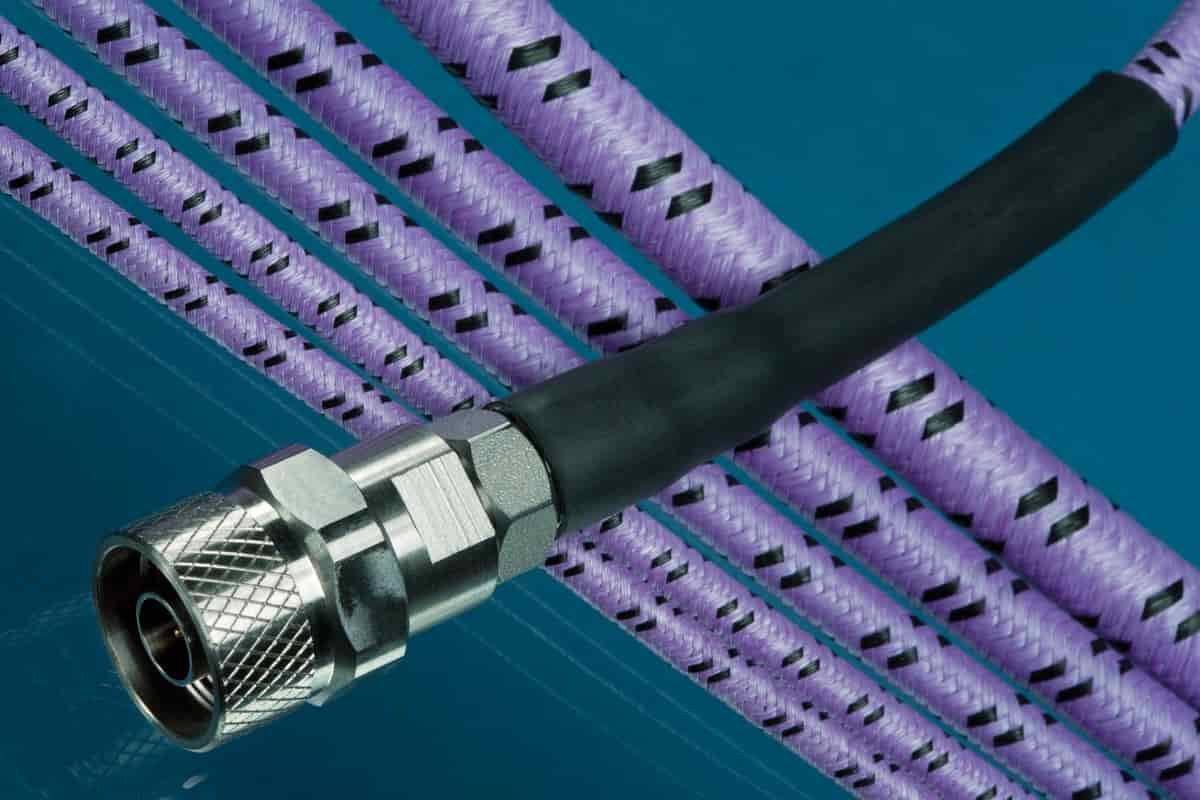
In addition, the architecture of the coax cable itself is what enables it to successfully execute its function despite interference from electromagnetic fields that are present in the environment
In addition to this, environmental sources of stress are mitigated as much as possible
The end product is a transmission wire that is exceptionally long-lasting and capable of transmitting signals of high frequency with minimal loss
A transmission speed of 10 megabits per second is made available using a coaxial cable
In addition to this, their capacity for data transmission is eighty times greater than that of twisted-pair cables
The following is an explanation of the many components that make up a coaxial cable
Typically, copper-clad steel is used to construct the center conductor
The usage of clean stripping polymer, which avoids moisture migration, is utilized in the process of center conductor bonding
Polyethylene is used in the production of a high-pressure, closed-cell foam that is dielectric
First outer conductor: A shield is made by bonding an aluminum-polymer-aluminum tape to the dielectric core
This creates the first outer conductor
A second aluminum-polymer-aluminum tape serves as the second outer conductor in the fabrication of tri-shields and quad-shields
This makes it easier to isolate the HF shield both before and after the flexure takes place
Third outer conductor: Utilization identical to that of the A further 34/36 AWG aluminum braid is utilized in the fabrication of quad-shields to facilitate LF shield isolation while operating in an area with high levels of RF noise
Protectant: The protectant ought to have a high resistance to corrosion
The use of a material that does not drip prevents moisture migration both indoors and in the air
An underground substance that is fluid and has the ability to patch holes in the jacket
A UV-resistant outer jacket made of either polyethylene or polyvinyl chloride (PVC) shields the conductor core both before and after the installation process
The integral messenger is a support element that is manufactured from galvanized carbon steel wire and is attached to the cable by means of a separate web
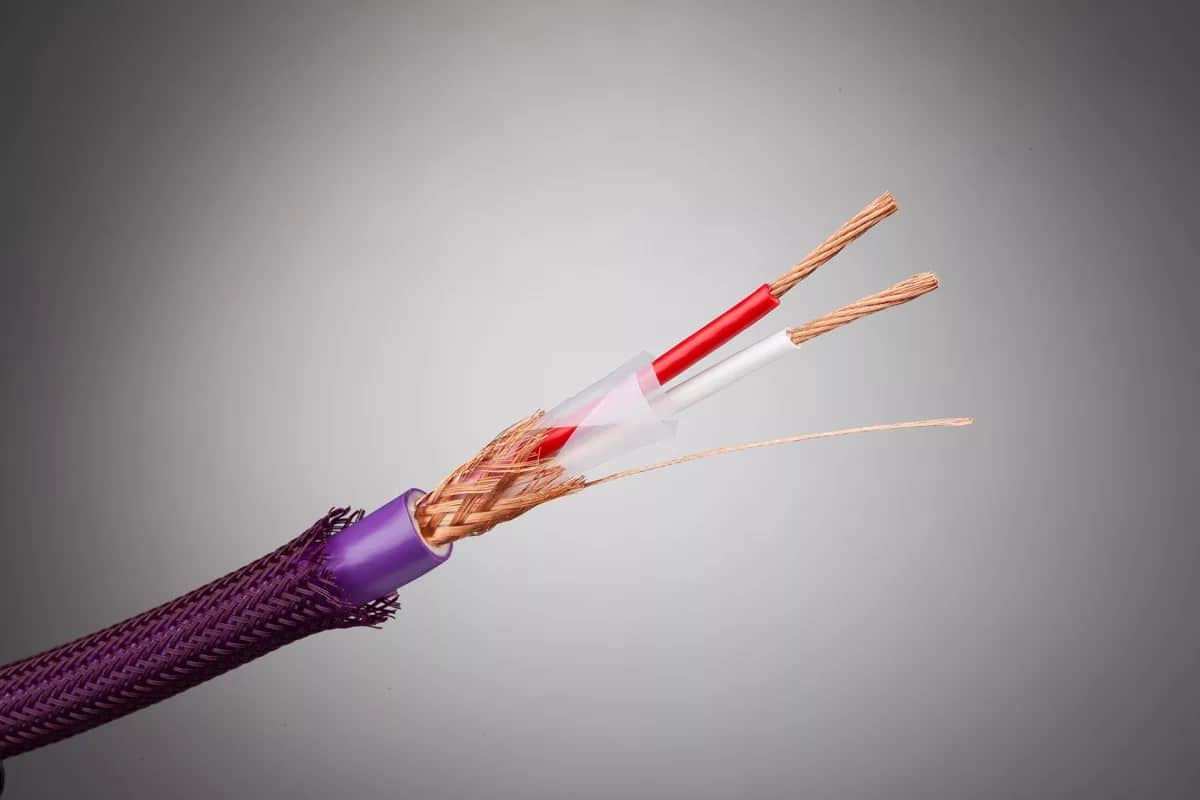
Coaxial cable types and uses
Without further ado, let’s get right into discussing the different types and kinds of coax cable or coaxial that are on the market today
In addition to this, we will discuss the uses of each type so that you will be able to select the appropriate one when you are building up your network
Hard-Line Coaxial Cable
Hard-line coaxial cables are the type of coaxial cable that is used the most frequently, and they are the type of coaxial cable that is chosen in applications that demand a high signal strength
These cables typically have a thickness that ranges from around 0
5 inches to 1
75 inches, which results in a wider diameter when compared to other forms of coaxial cable
They feature a central conductor that is fabricated from materials such as silver, copper, aluminum, or steel
Certain types of hard-line cables use pressurized nitrogen in order to prevent arcing and the infiltration of moisture
When it comes to the transmission of cable TV, hard-line coaxial cables are often what’s employed
One of these lines has the capability to send hundreds of cable TV channels to their respective destinations
In addition to that, you can find them on telephone and internet lines as well
You may count on a hardline coaxial cable to supply internet and telephone connectivity to your office or apartment building if it is roughly the size of a medium-sized building
This is the case even if the building is relatively small
RG-6 Coaxial Cable
Another type of coaxial cable that is common in our immediate environment is designated as RG-6
The term “radio guide” is what the “RG” in its name refers to, while the number relates to the diameter of the cable
In this particular instance, the number “6” indicates that the diameter of the cable is
06
RG-6 cables are also termed RF (radio frequency) cables
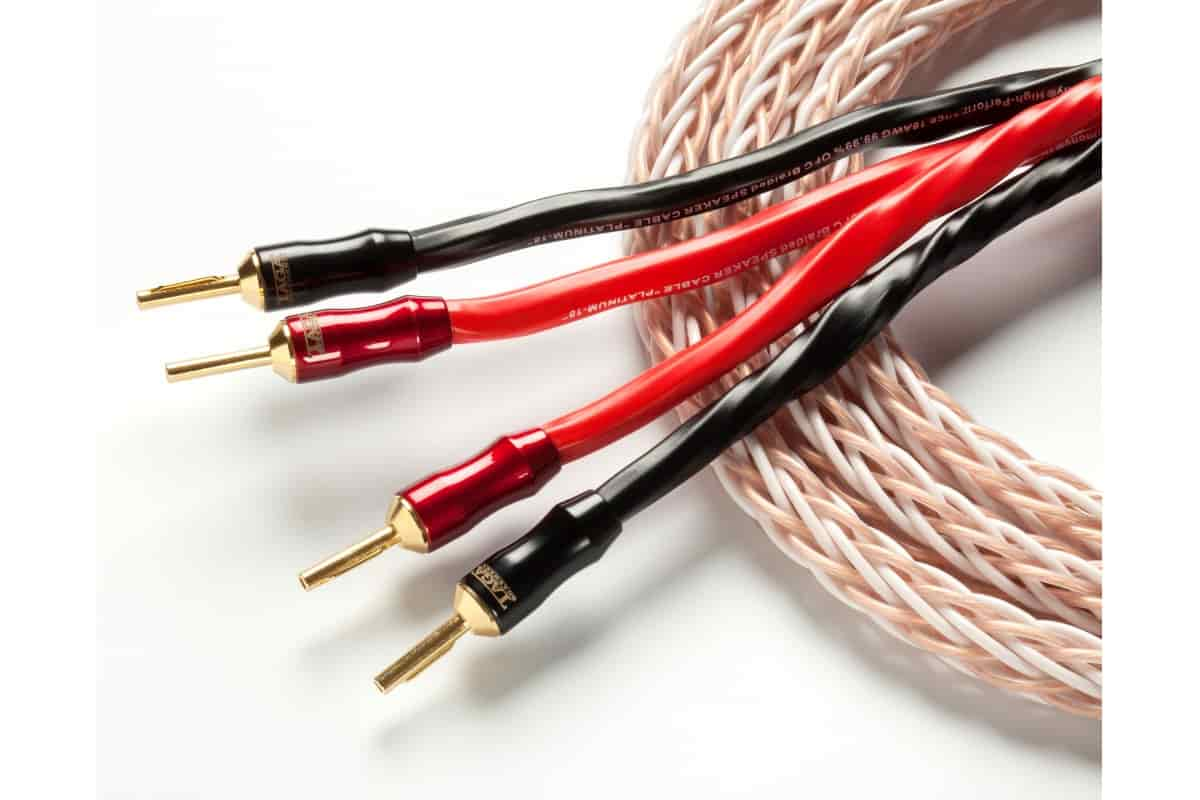
The fact that RG-6 often has larger conductors is one of the reasons why it is such a widely used cable type
This makes it possible to achieve higher levels of signal quality
They are better able to accept GHz level signals due to their one-of-a-kind shielding and are fitted with thicker dielectric insulation
In addition, some varieties of RG-6 cables are watertight
The RG-6 cable is exceptionally simple to install in ceilings and walls thanks to its low profile
Because of this characteristic, this cable is ideally suited for the transmission of cable television as well as broadband internet, which is also the reason why it is so common in people’s homes
The RG-6 cable is an ideal choice for usage in entertainment systems found not just in private homes but also in public and private businesses
RG-11 Coaxial Cable
A cable with an impedance of 75 ohm, the RG-11 is quite similar to the RG-6 in its construction
However, it is thicker than the RG-6, and the most typical uses for it are those involving satellite TV, cable TV, or television in general
It has the disadvantage of being less flexible than RG-6, but it has the advantage of having a lower loss
In addition to this, the consequence is that a stronger signal is transmitted to the receiver
Therefore, applications that require transmission over vast distances are a good fit for RG-11 coaxial cables
As a result of their greater gauge, they are also very useful for connecting HDTVs
RG-59 Coaxial Cable
The RG-59, which is very similar to the RG-6, is used in a wide variety of video applications in the home
It is distinguished by having a center conductor that is considerably thinner than the rest of the cable, which makes it more effective for low-frequency transmissions and shorter runs
Tri-axial Cable
The tri-axial coaxial cable, often known as “Triax,” is distinguished by the presence of an extra shield in the shape of a copper braid around its circumference
Because this braid is grounded, it serves as a shield against capacitive field noise and ground loop currents, protecting the cable’s inner conductive parts from harm
In addition, the fact that the triaxial cable has a higher bandwidth and the ability to reject interference makes it an excellent choice for use in applications in which powerful electromagnetic forces may cause interference
Additionally, it decreases cable loading and cable losses in a very effective manner
The most prevalent application of triaxial cable is within cable television systems
Additionally, it is utilized to connect cameras to their respective CCUs (camera control unit)
Semi-Rigid Coaxial Cable
The semi-rigid coaxial cable, as its name suggests, has a reduced degree of flexibility
This is because its shield is often constructed out of more durable metals than its opponent’s
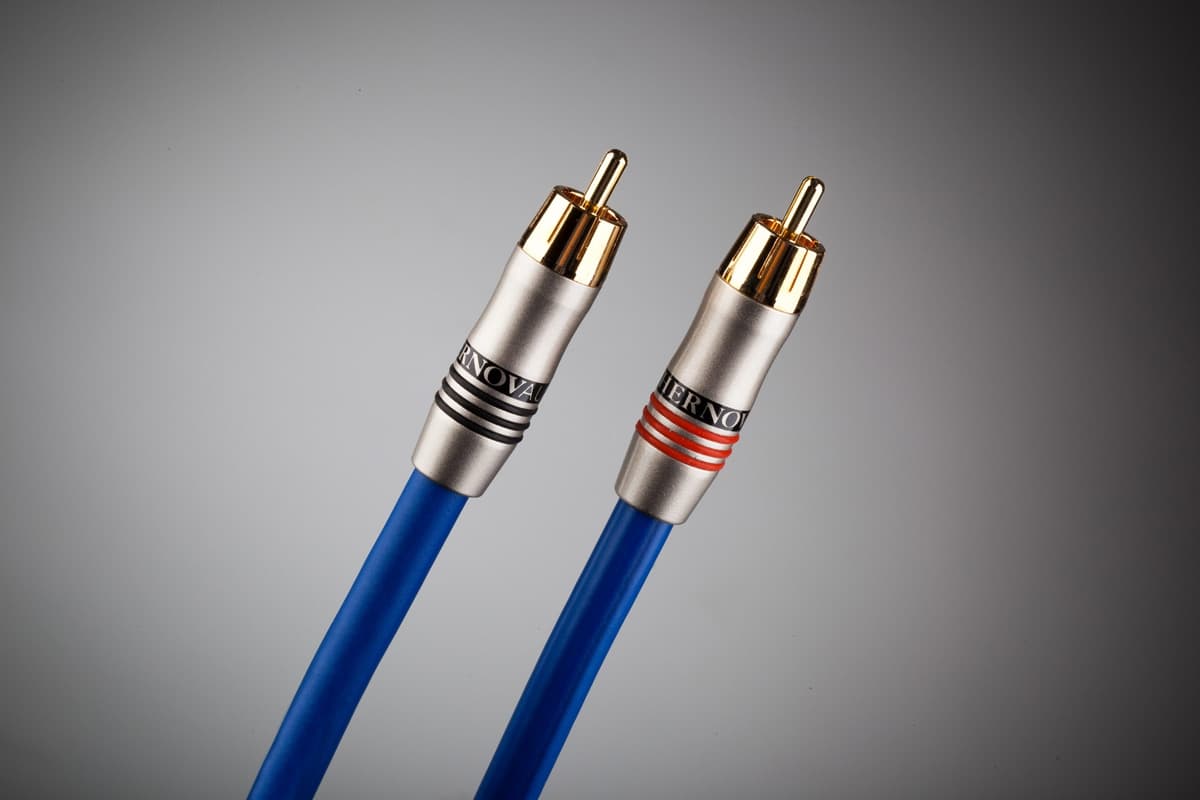
When this is taken into mind, it is easy to understand why such cables are often favored in circumstances in which the cable can be put straight without the necessity of bending or bending it to a specific shape
This particular kind of cable cannot be bent or reshaped after it has been initially produced since it does not bend easily
Flexible Coaxial Cable
In contrast to the semi-rigid coaxial cable, the flexible variety of this type of cable may, as implied by its name, be bent or moved in response to the specific requirements of the environment
These types of cables come equipped with a metal conductor on the inside, which is then encased in a dielectric constructed out of a flexible polymer
On top of this is an outside jacket that provides further protection
When there is a possibility that the cable’s flexibility will be required to be increased, you should utilize the flexible coaxial cable
In this scenario, one of the options available to you is to replace the stranded metal core conductor with a solid-wire stranded design
In the meantime, the polymer dielectric that is now being used can be replaced by a dielectric made of PE foam
Applications connected to cable television or home video equipment are the most common places to find flexible coaxial cables being used
Formable Coaxial Cable
The formable coaxial cable is an excellent alternative to semi-rigid coax cables
This type of coaxial cable should not be confused with the flexible coaxial wire
These cables feature a durable outer sheath, but instead of being composed of rigid copper, it is made of flexible metal
Because it can be molded or reshaped by hand (thus the name), this metal can be adapted to suit the requirements of any given circumstance
Formable coax is utilized on occasion in prototype applications for the purpose of cable placement or layout
After everything has been determined, the design is modified such that it makes use of the semi-rigid coaxial wire
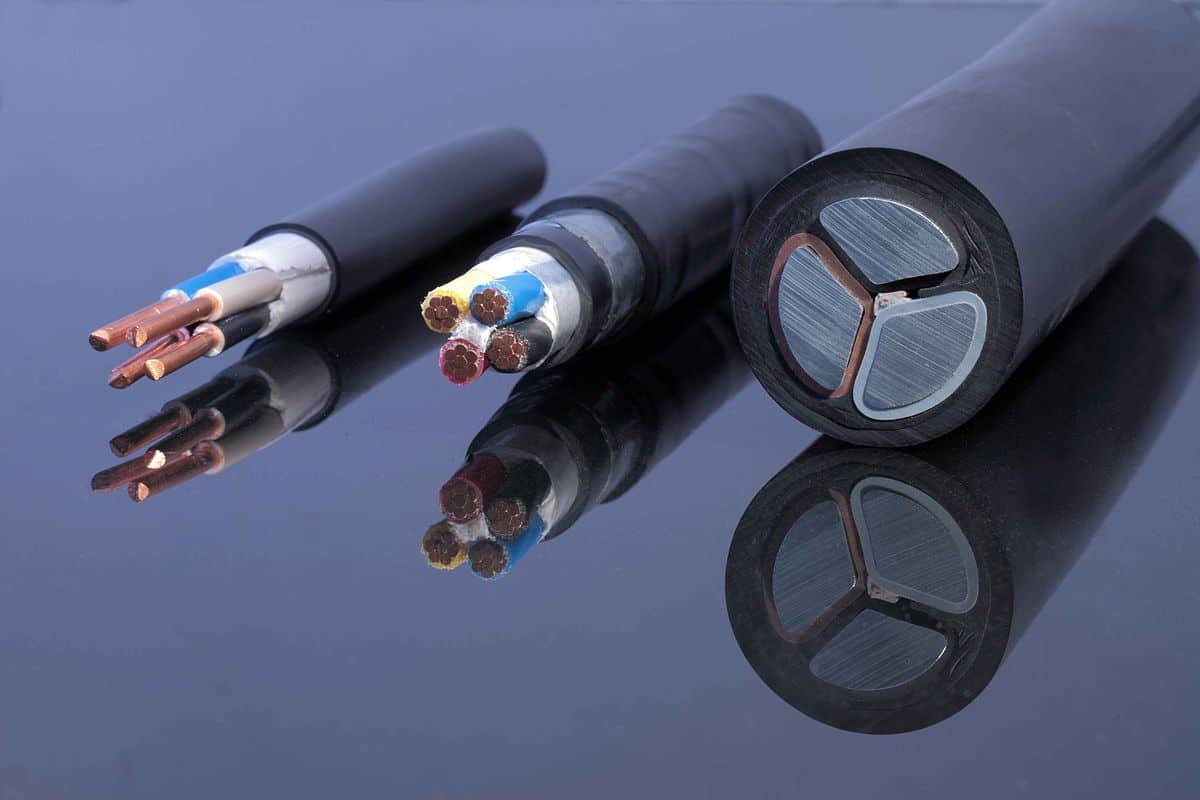
Rigid Coaxial Cable
The term “rigid coaxial cable” is a bit of a misnomer because the cable is actually extremely flexible despite its other name, “stiff line
” This is due to the fact that rigid coaxial cables are typically manufactured and marketed in sections of predetermined length that are flanged and straight
Transmission line sections can be joined together using either 45- or 90-degree elbows, depending on the requirements of the particular circumstance
When it comes to actual utilization, the rigid line coaxial cable is most frequently employed for applications that take place inside
They are an excellent choice for establishing robust connections in radio and television broadcasting systems
Copper is used for the building of the rigid coaxial cable’s inner conductor, while either aluminum or copper is used for the construction of the cable’s external conductor
Twinaxial Cable
The twinaxial cable is comparable to the coaxial cable, but it differs from the coaxial cable in that the core of the twinaxial cable contains two separate conductor wires (instead of one)
Twinaxial cables have a lower cable loss than other types of cables and provide superior protection against capacitive fields and ground loops
The use of twinaxial cables is also credited with a decrease in the amount of low-frequency magnetic noise
When it comes to low-frequency video and digital applications, twinaxial cables are your best bet for a viable alternative
